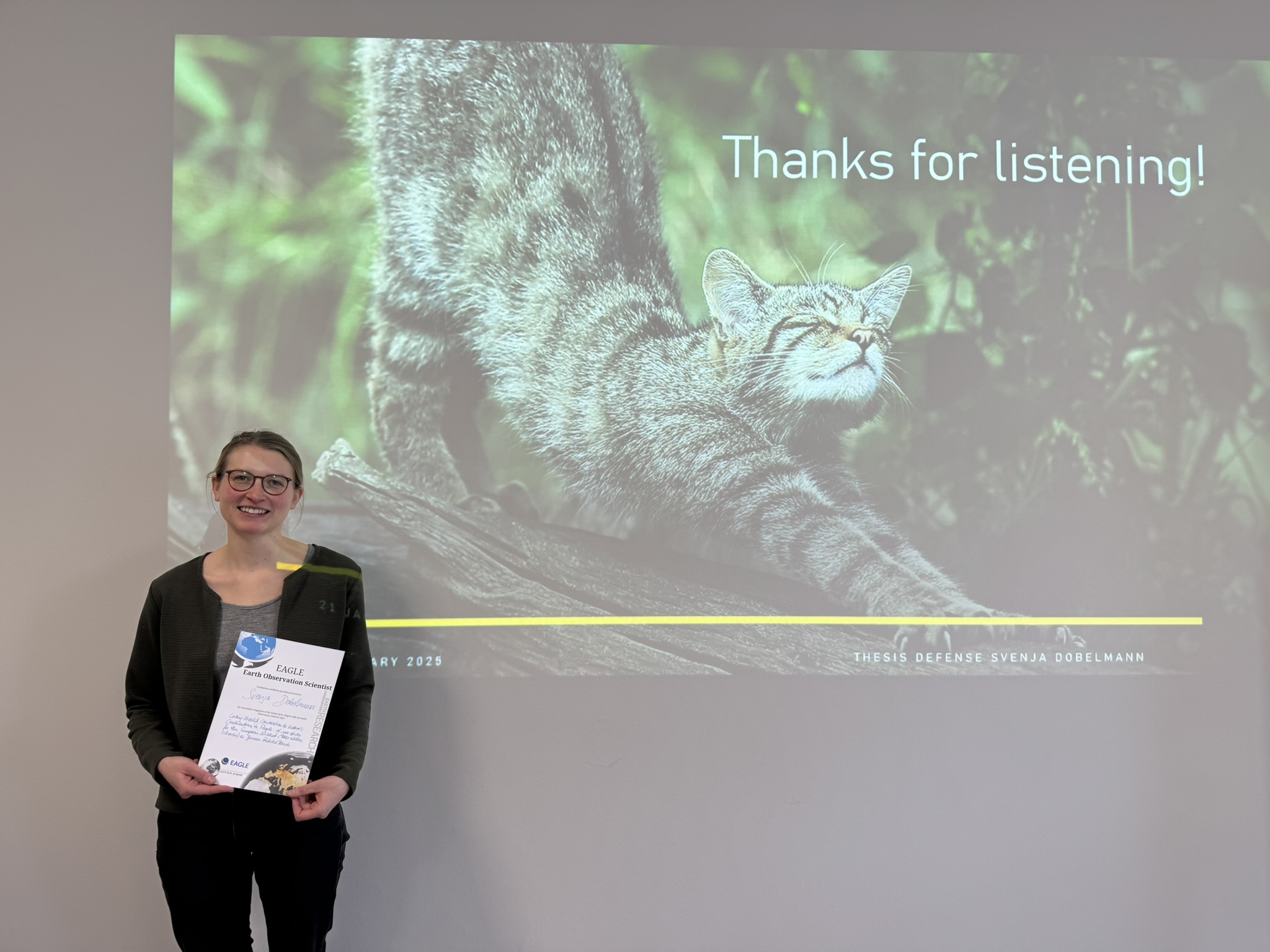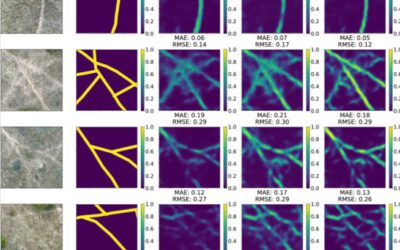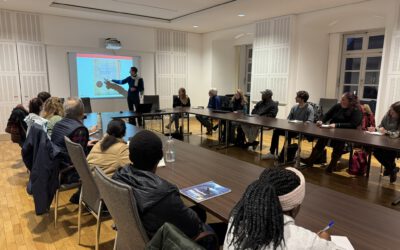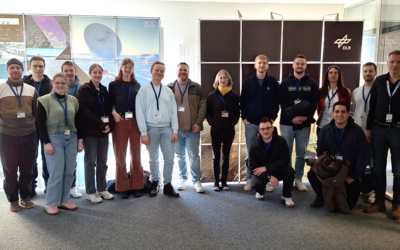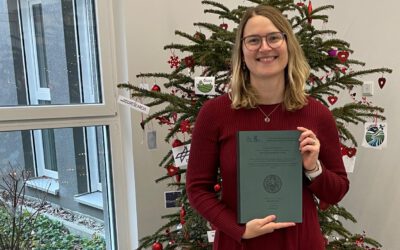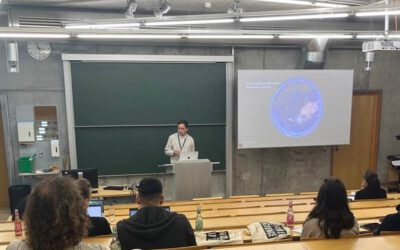On January 21st, Svenja Dobelmann successfully defended her master’s thesis titled “Linking Wildlife Conservation to Nature’s Contributions to People: A Case Study for the European Wildcat (Felis silvestris silvestris) in German Protected Forests” supervised by Dr. Janina Kleemann from University of Halle/Wittenberg and Dr. Michael Thiel.
Forests provide essential benefits to human well-being, referred to as Nature’s Contributions to People (NCP), including carbon storage, water filtration, biodiversity, and recreation. However, increasing human activities and landuse changes have degraded wildlife habitats, threatening biodiversity and reducing NCP. Svenjas study explores the synergies and trade-offs between the conservation of the European wildcat (Felis silvestris
silvestris), an umbrella species promoting large and connected forest habitats, and the supply of forest-related NCP in German protected forests. Key factors influencing wildcat habitats are identified and their overlap with four selected NCP, namely carbon sequestration, water retention, timber potential, and recreational value, is examined. Her analysis integrates remote sensing methodologies, including species distribution modelling and the InVEST water yield model, with statistical analysis, including correlations, spatial congruence, and k-means clustering, to assess synergies and trade-offs. The wildcat habitat model showed an AUC of 0.814. The model outcome suggests that habitats are defined by natural, structurally complex, and densely forested areas with multiple canopy layers, located at a sufficient distance from urban areas and roads, and in close proximity to agricultural land. Habitat provision shows a synergy with timber potential, but only a low-to-moderate effect with other NCP. Additionally, carbon sequestration is positively related to water retention. Using an Analysis of Variance (ANOVA), it is shown that national parks show significantly higher levels of NCP supply than biosphere reserves and nature parks. It is discussed how the presented results can contribute to sustainable forest ecosystem management that balances biodiversity conservation and societal needs.

